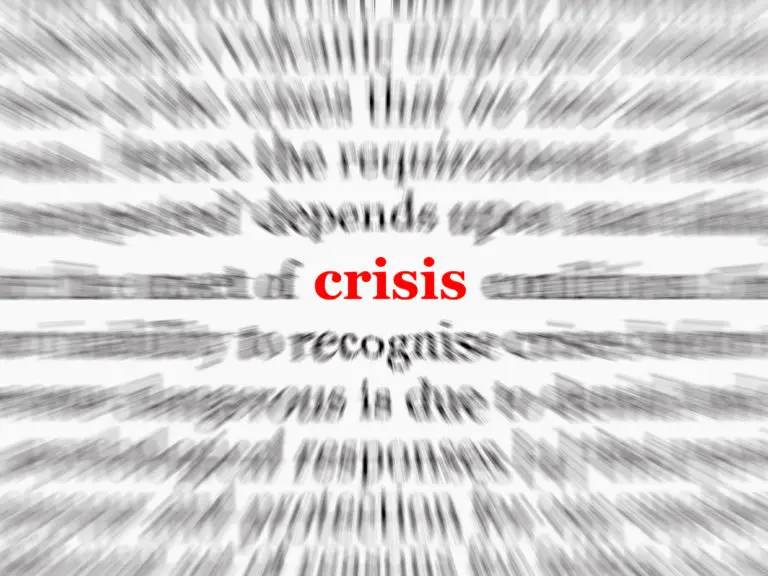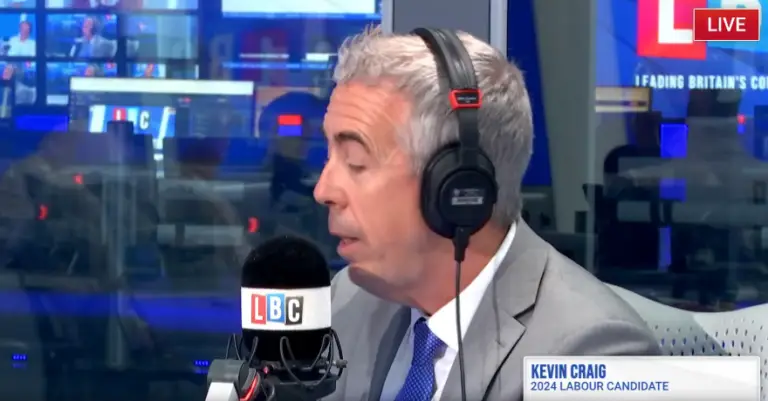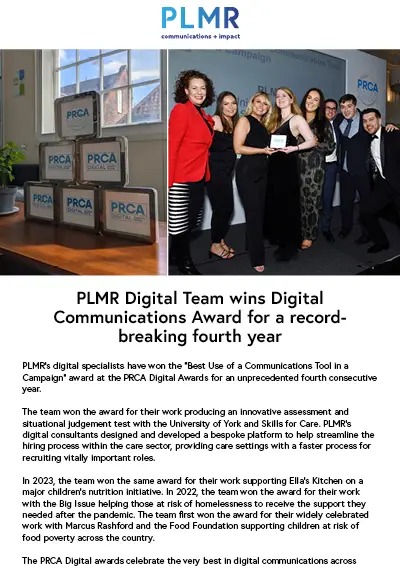Warren Buffet, legendary investor and one of the world richest people, once said: “It takes 20 years to build a reputation and five minutes to ruin it. If you think about that, you’ll do things differently.”
All leaders know that building a brand or organisation’s reputation – the beliefs and opinions that are generally held about something – takes a lot of time, energy, and careful management over a sustained period. Huge resource is put into this through marketing budgets, careful consumer research, and using all communications channels to cultivate a certain reputation.
But if something goes wrong and the media is planning a negative story, that carefully crafted reputation could quickly fall apart if you’re not prepared to manage the communications fallout. Here we look at three ways you can make sure your organisation is prepared to handle the worst.
Predict – what might happen and what risks your organisation faces
Crises come in all shapes and sizes. This could be personal allegations against senior executives, manufacturing faults, regulatory failings, health and safety concerns, customer complaints, and a myriad of organisation-specific risks.
Think about the issues your organisation is most like to face and which would be the most damaging. How can you act now to minimise the risk of these occurring – what systems and processes do you need to put in place, such as a robust complaints procedure. The more you do in advance, the stronger your ‘defence’ will be if something goes wrong.
Some potential crises can’t be stopped – accidents and rogue employees are an ever-present risk. Therefore, think about what you would need to do to operationally to respond to an issue if it happens, and how to get that structure in place now. Communications can only protect your reputation so far – what really matters is how you act.
Plan – what will you say to whom, by whom, and when
When responding to a crisis, speed is of the essence, however responding to a journalist is just one element of the communications response (I often say it’s about 5%). You also need to make sure the people who are most important to your business have access to clear, concise and reassuring messages as quickly as possible – and that these messages come directly from you, not via the media, or third-party sources like social media.
Start by creating a stakeholder map. Who are the most important people to your organisation? This could be staff, customers, regulators, partners, politicians at the local and national level, Government departments, donors, Trustees, investors, and even other media outlets. Some organisations, like those in the care and education sector, need to consider not just the individual (i.e. the resident, student, client, person you support) but also their family members and loved ones.
Decide in advance who will be responsible for leading on communications with each group. Consider who prepares the communication and what is being said, and who should deliver the message – they can (and often should) be different people. In case you need to give interviews to the media, identify your spokespeople now and media train them.
Plan how you will contact each group. This will vary depending on the severity of the situation, who the stakeholder is, and how many of them there are. Some situations are best handled personally and directly; others can be resolved with a template message deployed on mass. Different stakeholder groups need to hear different messages, and your communications will need to be adapted accordingly – what matters most to a regulator is often different to what a customer’s priority.
Think about when you will contact each stakeholder group. In some situations, you will need you to contact stakeholders within hours; whilst in other scenarios you can make that first communication days later. Consider who needs to know immediately (i.e. regulators), and then who needs hear from you directly, rather than learning about an issue through social media or a press story. Telling your stakeholders before they learn about an issue in the press gives you the chance to control the message and shape how they think about the issue, particularly if you’ve taken robust action to address the problem.
Prepare – collate the information you need to make handling a crisis easier
Once you’ve identified the risks and what you might do and say about them, compile this information into a comprehensive Crisis Management Protocol. Make sure this document is regularly reviewed and updated, and that key personnel are aware of it and how to deploy it.
Research and collate the contact details for your key stakeholders and add these to the protocol.
Prepare template media statements and stakeholder communications in advance – these will need to be tailored at the time but working from existing copy is always easier than starting with a blank page.
Crises don’t always occur during ‘office hours’. Think about how an incident in the evening or weekend would impact your plans, for example how you might need to change the method of communicating with stakeholders, and who signs off documents if key personnel are uncontactable.
Once a comprehensive Crisis Management Protocol is in place, don’t wait for the worst to happen before you test it. Wargame scenarios in mock crisis exercises to make sure the processes you have created perform as expected in moments of high stress and critical time pressure. Revise as needed to ensure you’re ready for the real thing.
Prosper – now you’re ready to respond to a crisis you can get back to building your brand and strengthening your reputation.





